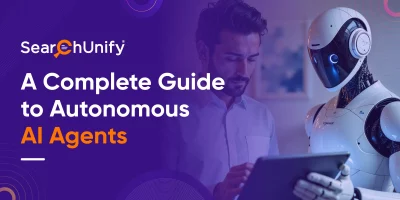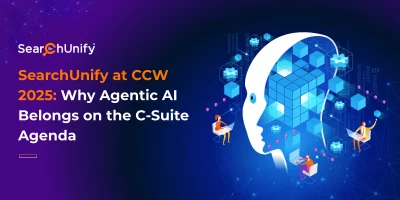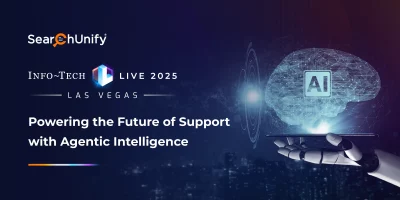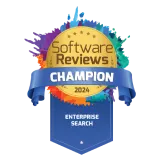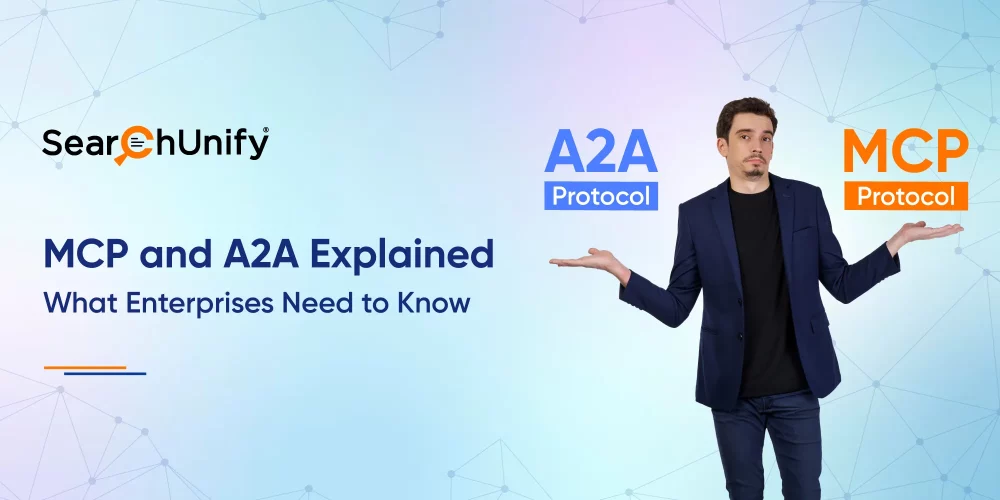
The future of AI communication is taking shape—one protocol at a time. Google’s A2A (Agents-to-Agents) and Anthropic’s MCP (Model context protocol) are more than just frameworks; they’re bold steps toward standardizing how AI agents interact, collaborate, and scale. It’s like witnessing the birth of a new internet—this time, for machines.
What is Google A2A?
Google DeepMind’s A2A (Agents-to-Agents) is like a universal language and operating manual for AI agents. It’s designed to make it easier for different AI agents to work together in a flexible, scalable way—without being hardcoded to do so.
Instead of building one big, complex agent to do everything, A2A promotes multi-agent systems—where different agents can discover each other, talk, and team up to complete tasks.
Here’s what makes A2A stand out:
API-based interactions
Agents don’t need to “know” each other in advance. They communicate like apps, making plug and play different agents easier.
Agent discovery
Agents can dynamically find and connect with others based on their tasks. Think of it as AI networking.
Collaboration based on intent and capability
Agents don’t follow a rigid script. They collaborate by understanding what needs to be done (intent) and what each one is good at (capability).
More flexible than agent chaining
Traditional “agent chaining” is like a fixed assembly line. A2A allows agents to interact more freely and adaptively, like teammates who can adjust their roles as needed.
What is MCP?
It’s a new protocol introduced by Anthropic (the creators of Claude AI) that allows AI agents to communicate with external tools and databases. Think of it as a shared language or bridge between an AI model and the tools it needs to call to complete a task.
It follows a client-server model, where MCP Clients (like LLMs) connect to MCP Servers, exposing capabilities from local files or remote services. Host applications like IDEs or AI platforms act as the bridge, allowing agents to interact securely with various tools. This setup ensures seamless collaboration in complex, multi-agent environments.
A2A vs. MCP: Complementary, Not Competitive
Google positions A2A and MCP as complementary protocols, each solving unique challenges in the multi-agent ecosystem. While A2A is focused on facilitating communication between agents, MCP is designed to connect those agents with the tools they need to carry out tasks.
Here’s an example to make it clear:
MCP is the link that connects agents to specific tools, like raising a platform or turning a wrench.
A2A handles dynamic communication, enabling agents to interact with other agents. For example, a customer raises a support ticket stating, “Unable to sync Salesforce with our dashboard after the recent update.
- The Workflow Automation AI Agent classifies it as a CRM integration issue and assigns it a high priority.
- It then triggers the Knowledge Management AI Agent: “Fetch relevant documentation on Salesforce sync errors.”
- The KM Agent retrieves a recent workaround article and attaches it to the ticket for immediate resolution.
- Post-resolution, the KM Agent updates the article with insights from this case to keep knowledge current.
This highlights how AI agents seamlessly collaborate, automating classification, resolution, and knowledge updates without human handoffs.
Google’s perspective is that both protocols can work together, each addressing different aspects of the AI agent ecosystem. The question remains: are these protocols as distinct as they seem, or are they just two sides of the same coin?
What It Means for Enterprises
Most enterprises still struggle with siloed AI solutions that don’t “talk” to each other. Whether it’s customer support bots, knowledge assistants, or search systems, they work in isolation—limiting value.
With frameworks like A2A and MCP becoming mainstream, enterprises can start envisioning intelligent ecosystems, not just intelligent agents.
SearchUnify’s Take
At SearchUnify, we’ve always believed that AI should drive connected intelligence—where every support touchpoint collaborates autonomously, from search to chatbots. Protocols like A2A and MCP could supercharge:
- Proactive support: Bots predict and respond to issues before escalation.
- Connected knowledge journeys: Search solutions that initiate workflows, trigger escalations, or hand over to agent-assist tools
- Dynamic routing: Based on agent capability, not just static rules
Final Thoughts: The Road Ahead
Today, it’s A2A and MCP. Tomorrow, it might be something entirely new. But the underlying message is clear: The future of AI is agentic, interoperable, and collaborative.
Curious about MCP and how it’s transforming customer support in 2025? Read now


